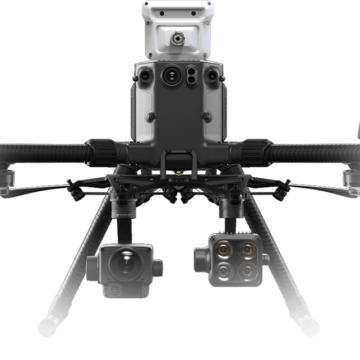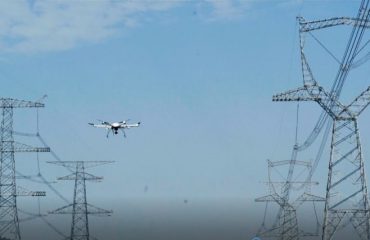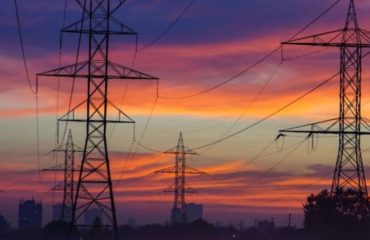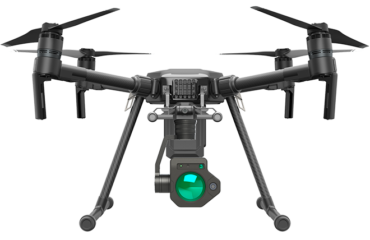Traditional air monitoring methods usually only provide air pollution data with cities or urban areas as boundaries, and cannot reflect the distribution characteristics and differences of air pollution in a small area, the lack of this information directly restricts local environmental protection departments, enterprises, and individuals from making the fastest, effective, and healthy decisions. Drone-based ambient air quality monitoring can solve this problem.
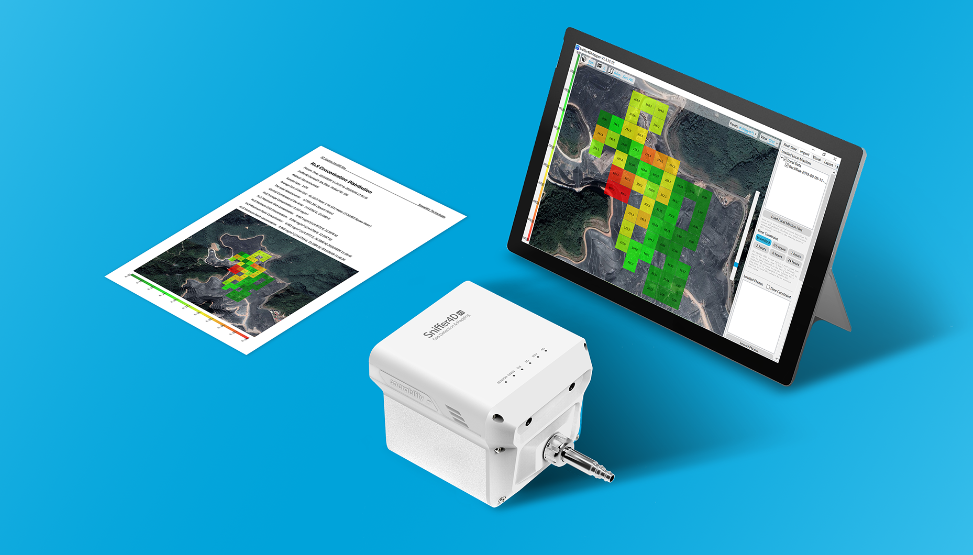
We focus on equipping drones and cars with “nose” and “brains” so that they can flexibly and accurately acquire and analyze accurately to every street, every building, and even every height, with ultra-high spatial resolution. Air pollution information (Hyper-local Air Pollution Information), which provides a strong decision-making basis for environmental monitoring, industrial inspections, emergency rescue, emergency response, smart cities, and scientific research.
As of March 2021, our UAVs-based ambient air quality monitoring solutions have served more than 100 top industry users around the world, and its business has reached 27 countries and regions on 6 continents, which has established this new subdivision field. The industry benchmark, and has accumulated a large number of application cases,
- For example
- -Environmental Monitoring with Drones help the environmental protection department quickly identify the source of pollution in industrial and residential areas, and find out the transmission characteristics of pollutants;
- -Help large industrial companies easily obtain the distribution map of different levels of air pollution in the plant area, and monitor the operation of the plant area safely and efficiently;
- -Help petrochemical companies analyze the air composition around oil and gas wells, storage tanks, and gas pipelines to improve inspection efficiency and safety Sexuality;-Help emergency rescue teams find out the spread of toxic and harmful gases in emergencies and delineate the evacuation area;
- -Drone Real-time Air Pollution Monitoring system help scientific research teams collect three-dimensional air pollution distribution data that are difficult to collect by traditional methods;
- -Help the port administration to investigate ships that burn illegally marked fuel oil.

